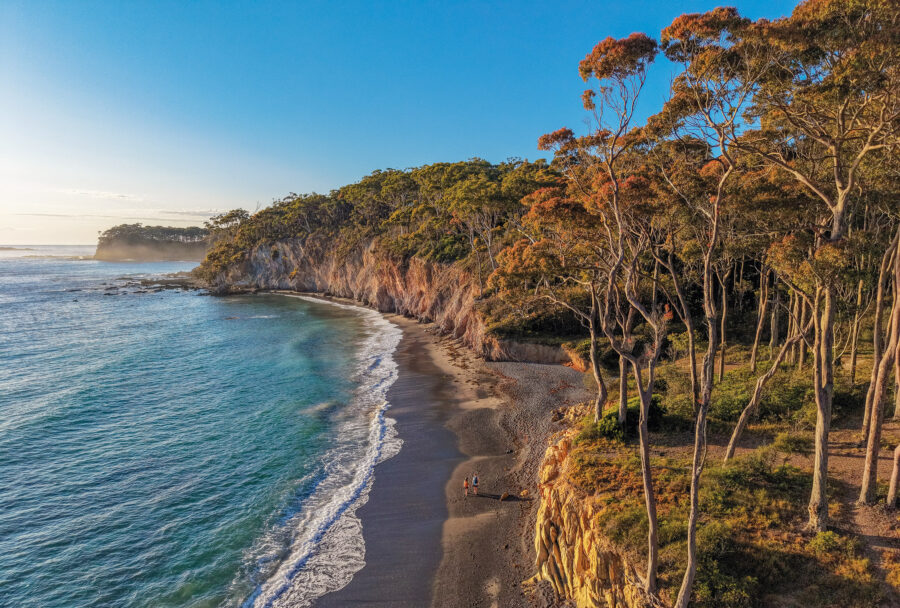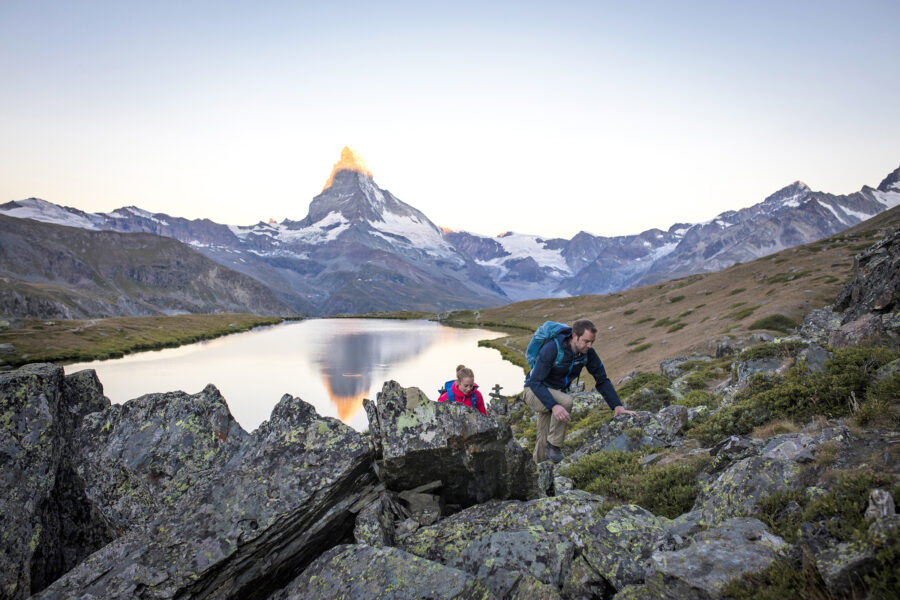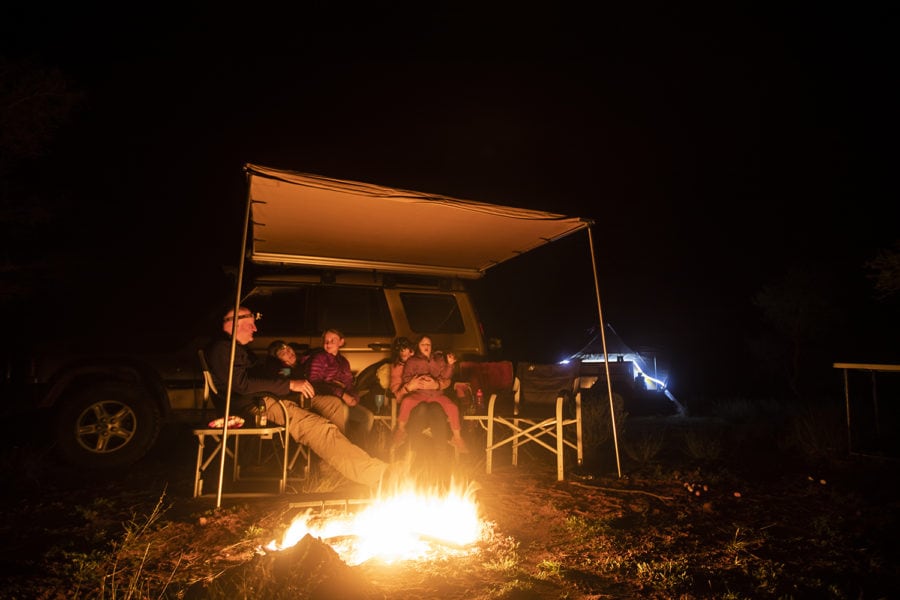Paddle Pulse: When plans go sideways
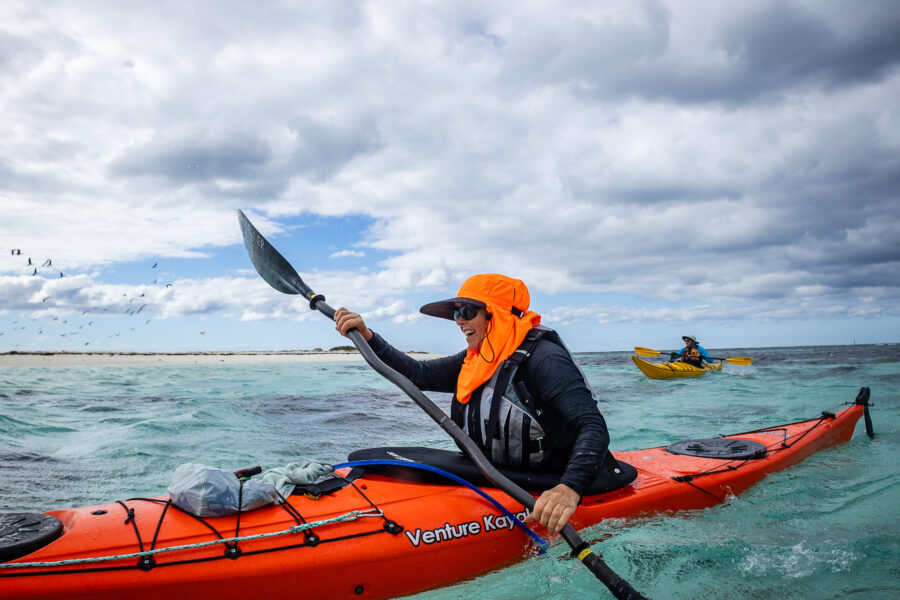
It seems like every week there’s another story about someone being rescued – hikers, paddlers, sailors – caught out by weather, gear troubles or a bit of bad luck. Especially down here in Tassie, where wild country meets wild coast, those red rescue choppers are a familiar sight. And they’re a good reminder that nature’s always got the upper hand.

After years of paddling everywhere from Fiji’s coral reefs to Greenland’s icy fjords, I’ve learned that even a quick day trip deserves some solid planning. Most problems can be avoided – or sorted before they get serious – with a mix of preparation, awareness and good judgment on the water.
That’s the heart of it, really: respect. Of the ocean, the weather, your own limits and the people you’re paddling with. It’s not about fear – it’s about paying attention.
Focus and attention
Before any SSV trip, our team spends at least as much time planning as paddling: checking forecasts, tides and gear, running through the what-ifs, making sure everyone knows the plan and what happens if that plan changes. That’s just smart guiding – and it’s how safe, independent paddling works too.
But even with the best preparation, things can go sideways. The wind speed might be stronger than forecast, the waves higher, your gear might let you down, or someone might get sick, injured or tired. What matters most then is how you respond.
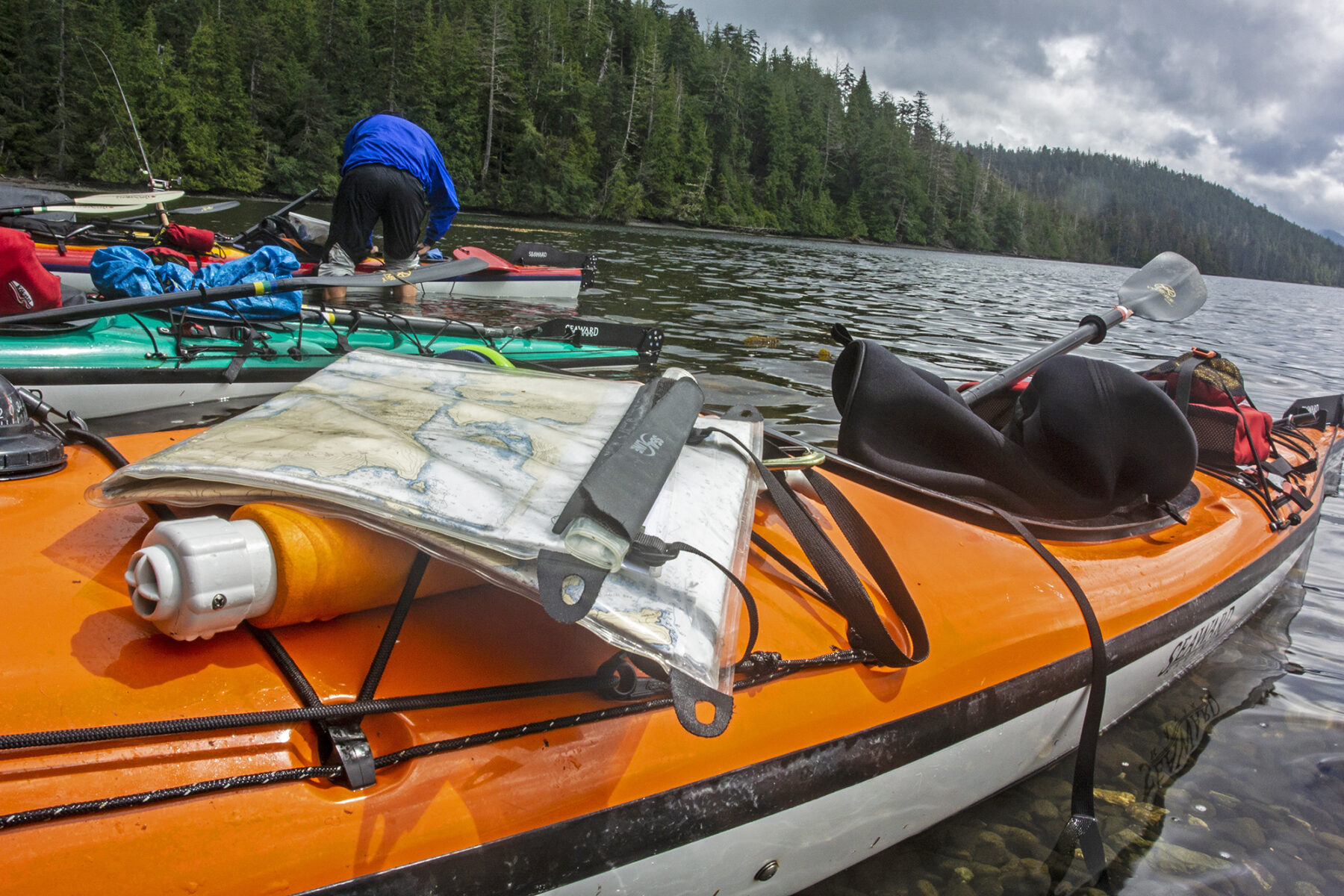
The first step is simple: slow down. Panic and poor decisions go hand in hand. Take a breath, look around and assess what’s actually happening. Can you fix the problem where you are, or do you need to move? Can everyone still paddle, or do you need to raft up and regroup?
Paddle safety checklist
Stay calm and communicate. Whether you’re with friends or on a guided trip, clear, steady communication makes all the difference. Let people know what’s going on, and if you’re the one in trouble, signal early – it’s always easier to manage a small situation before it becomes a big one.
Think small, act steady. You can’t control the wind or the ocean, but you can control your breathing, your posture, your strokes. When things start to unravel, focus on the next small decision – the one that keeps you safe for the next minute, the next wave, the next move.

Check more than one forecast. Compare a few sources and look for trends, not just icons. Conditions shift through the day, so check in regularly and keep reading what the ocean’s actually doing around you.
Know your exits. Identify safe landing or pick-up spots along your route before you launch.
Pack for comfort and contingency. A dry bag with a warm layer, first aid kit, spare food and water and a communication device should always make the cut.
Carry a PLB or satellite communicator. A compact, waterproof safety net when things don’t go to plan.
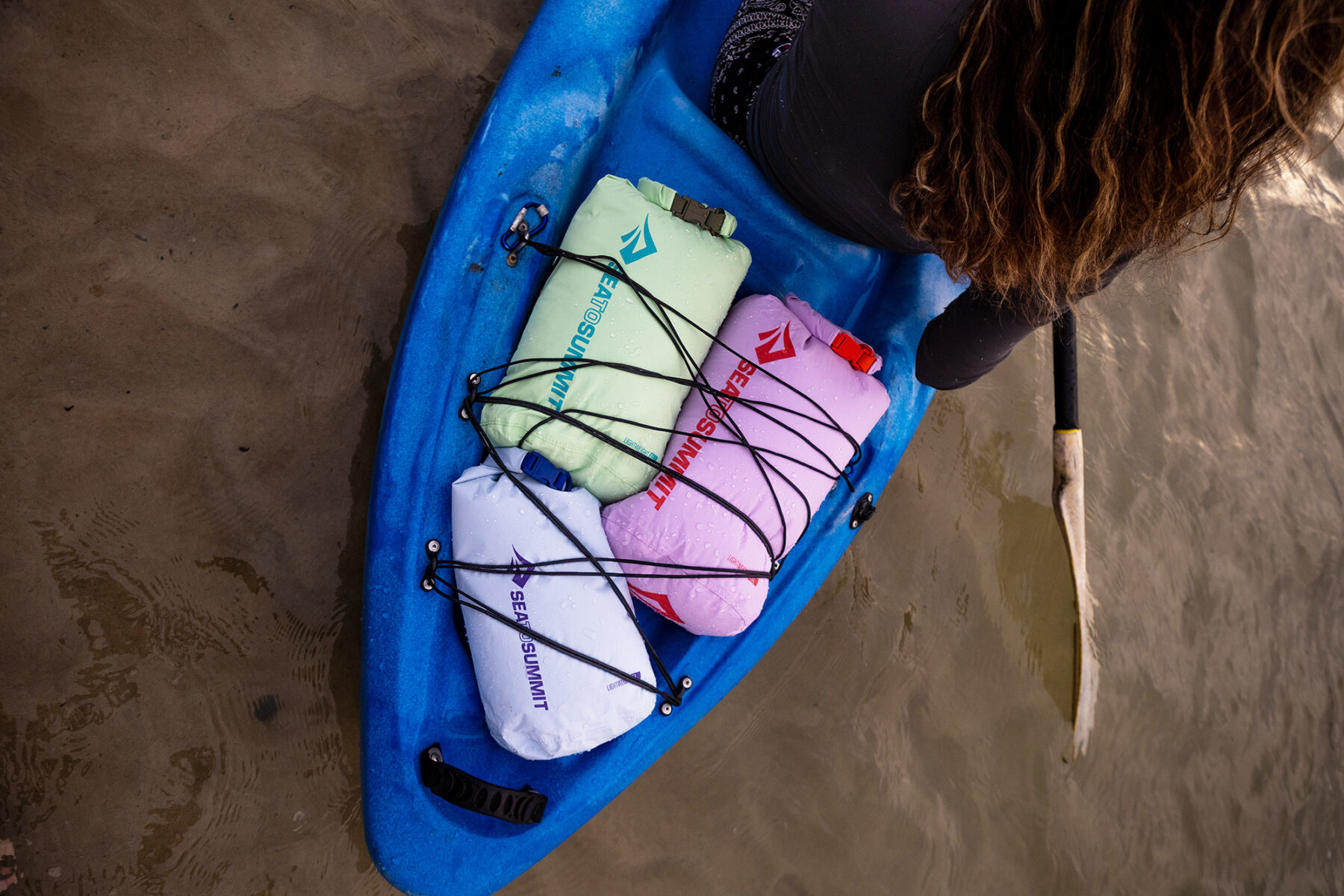
Practice your rescues. Confidence in re-entry techniques – solo and assisted – changes everything.
Stay in sync. Agree on signals, rest breaks and pace before you leave shore.
Log your plans. Let someone on land know where you’re going and when you’ll check in.
Keep essentials within reach. Secure your emergency gear so you can access it easily in rough water. On SSV trips that include paddles, PLBs, flares and VHF radios – make sure you can reach your own kit just as easily.
Stay within your limits. Challenge is part of the joy of paddling – whether it’s an ocean crossing or a first surf landing – but keep it within your abilities and those of your group.
Sort out leadership early. Assign roles and responsibilities before you hit the water so there’s no confusion if things go sideways.
Respect for the ocean is key
The ocean has a way of keeping us humble. Conditions shift, plans evolve – that’s all part of the adventure. Preparation helps, but so does keeping your cool when things don’t go to plan. That’s the difference between a bad day on the water and a good story to tell later.

Toby Story is Lead Guide and Managing Director at SSV, with decades of experience leading sea kayaking expeditions around the world.
